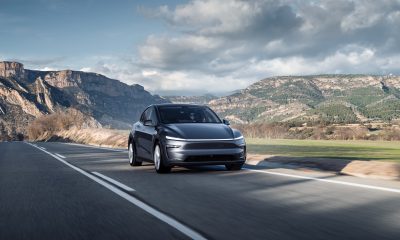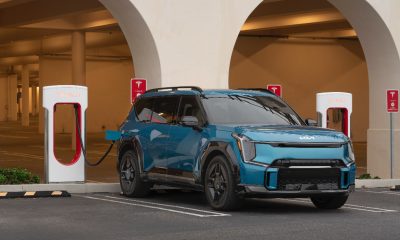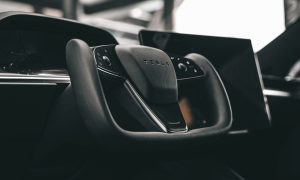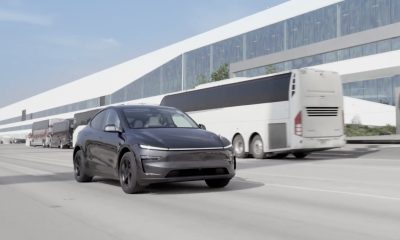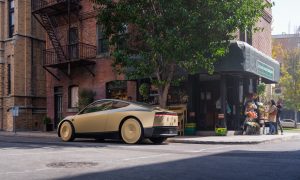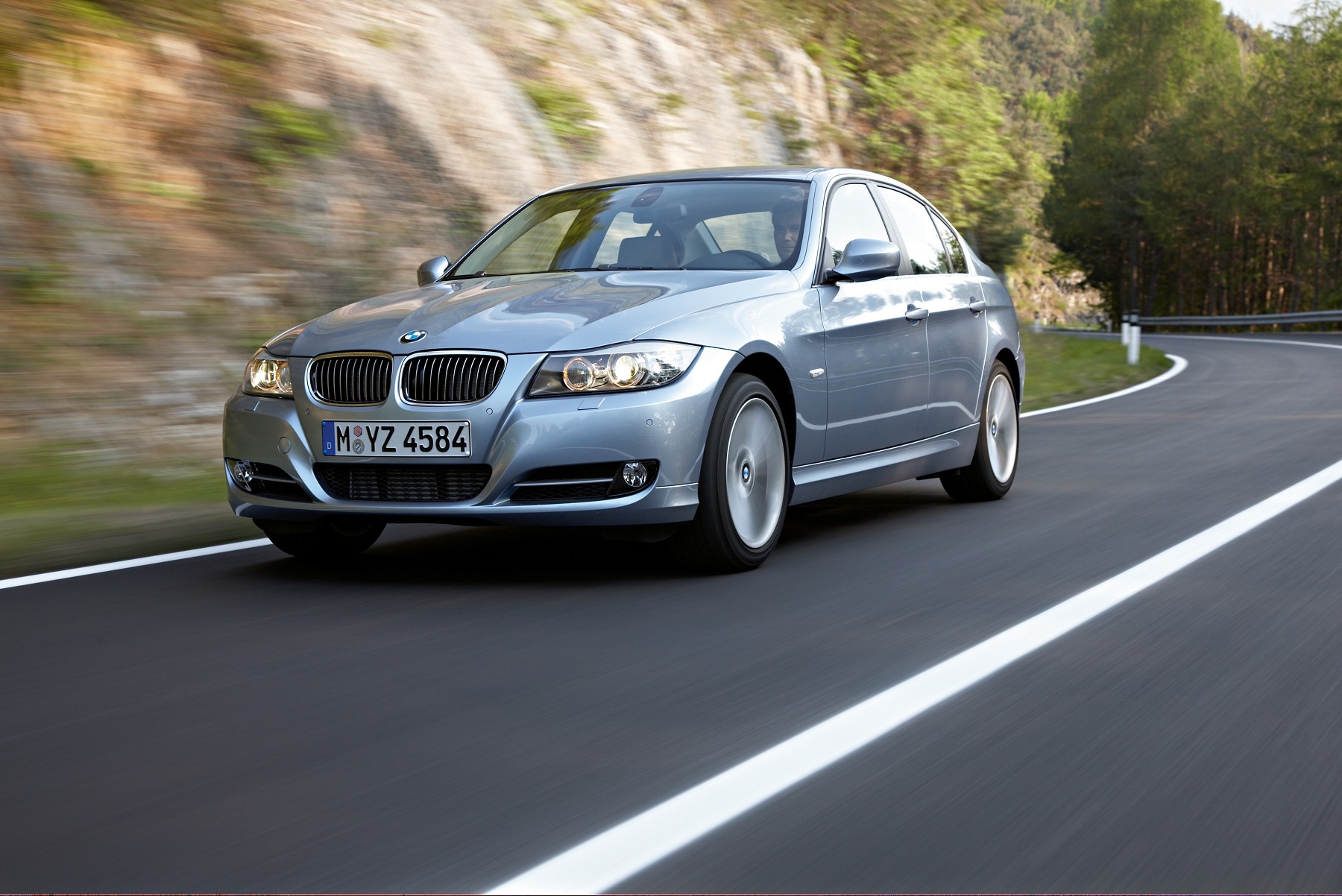

News
BMW reportedly takes aim at Tesla Model 3 with all-electric 3-Series sedan
With Tesla’s pre-sales for its Model 3 expected to be close to 400,000 units, it should come as no surprise that more and more competitors would look to get into the electric sedan business. The latest to join the fray is BMW.
BMW is unveiling an electric version of its 3-Series line of cars at the Munich Auto Show in September, according to German news outlet Handelsblatt Global.
The Handelsblatt article cites company sources saying that the vehicle will have a range of about 248 miles per charge, compared to Tesla Model 3’s minimum of 215 miles of range per single charge.

Source: BMW Media Group
BMW shifted its strategy with plans for all of its current models to have an electric alternative offered, beginning with its smaller Mini brand and its X3 sports-utility vehicle, both of which are slated for production in 2019.
At $35,000, Tesla’s Model 3 is priced right around the current gas-powered BMW 3-Series, whose 320i model starts at $33,450.
BMW did not give Handelsblatt any comment and told a CNBC reporter that it “can’t comment on speculation.”
The BMW report comes right on the heels of the news that the introduction of the Tesla Model 3 in 2017 will single-handedly result in a 40% increase in US EV sales this year.
The enormous bump is based on the presumed 83,000 extra Model 3s that Teslanomics estimates will be produced in 2017. That number is based on an admittedly conservative production ramp versus the expected 6,000 cars produced per week by the end of 2017, as we previously reported.
While the BMW report is unconfirmed, it makes sense that the auto giant would want to get a slice of the ever-growing EV pie, and its entry into the space with its Mini and X3 sets the stage for the company to develop its other models into sleeker EV options to directly compete in a market as lucrative as this.
News
BYD profit surges 100.4% as smart EVs drive growth
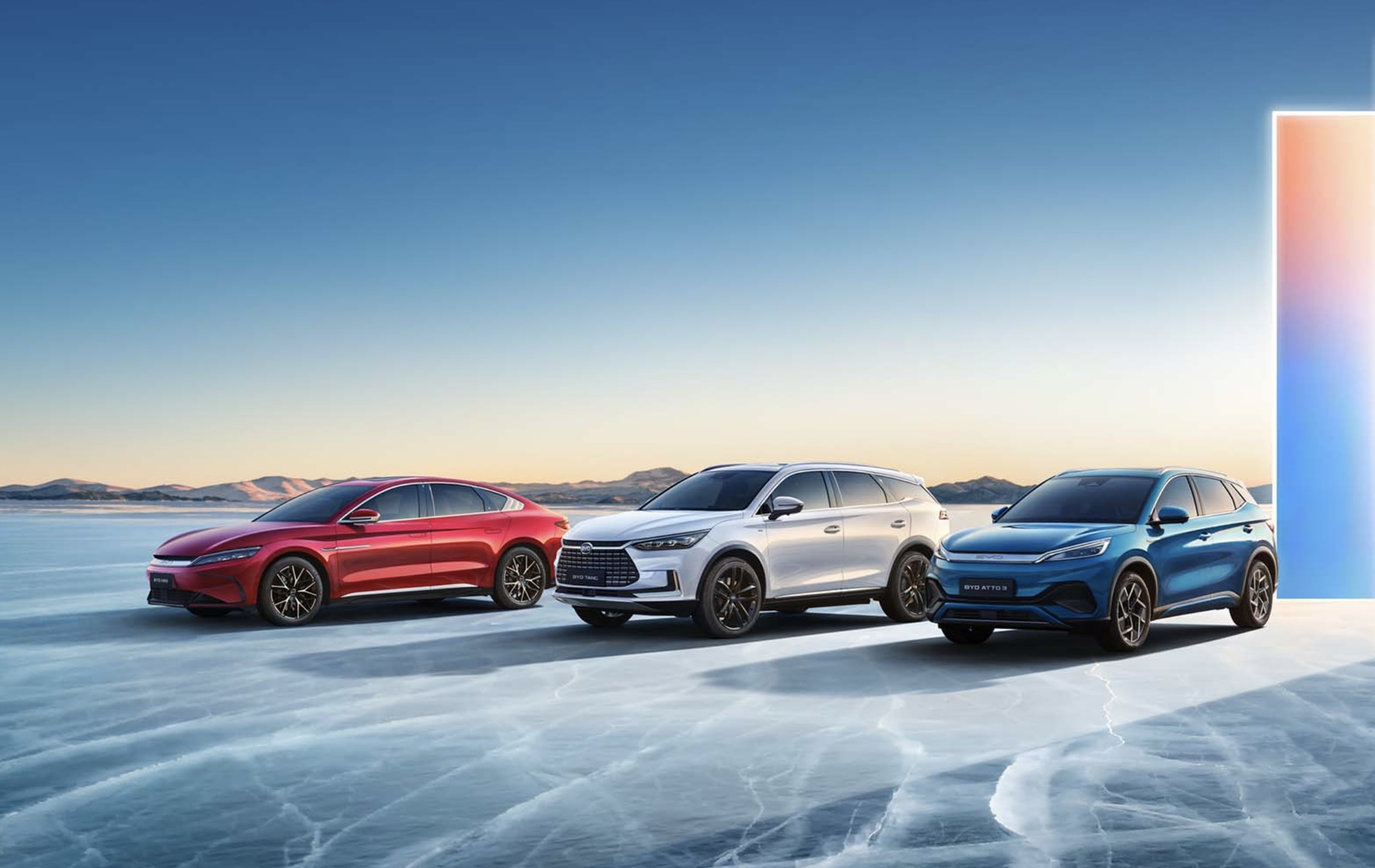
China’s leading automaker, BYD, reported a 100.4% profit surge in the first quarter, partly driven by its smart electric vehicle (EV) features. BYD’s net profit reached 9.2 billion yuan ($1.26 billion), exceeding the company’s earlier forecast of RMB 8.5 billion ($1.1 billion) to RMB 10 billion ($1.3 billion), according to a Friday stock filing.
The Chinese automaker’s revenue for the quarter hit RMB 170.4 billion ($23 billion), up 36.4% year-on-year, though growth slowed from the prior quarter’s 52.7% rise. BYD’s dominance in China grew stronger, with its market share climbing to 13.6% from 12.1% a year earlier. The company’s “God’s Eye” driver-assistance system–now standard across its lineup at no extra cost–and a new supercharging EV platform have fueled its edge.
Industry observers noted that BYD’s strides with God’s Eye and EV supercharging platform have encouraged Leapmotor, Geely, and Toyota to push harder with their affordable smart EVs. BYD’s strategy of slashing prices while enhancing technology has roiled the market, solidifying its lead in China’s fiercely competitive EV sector.
Beyond its home market, BYD aims to export 800,000 vehicles this year. However, its European expansion has faced hurdles. The Chinese company’s rapid response to its European challenges reflects its broader ambition to dominate global EV markets.
BYD’s ability to combine affordability with advanced features has pressured competitors to adapt, intensifying the global race for EV supremacy. In China, BYD’s price war shows no signs of slowing, with its market share gains signaling robust demand for its smart, cost-competitive vehicles. As BYD refines its international strategy, its first-quarter performance underscores its growing influence in the automotive industry.
Note: BYD sells hybrids and internal combustion engine cars alongside its electric vehicles.
News
D.C. suspect faces charges for vandalizing Tesla vehicles
49-year-old Justin Fisher hit 4 Teslas across D.C. in March. Prosecutor says the acts were meant to “suppress political speech.”
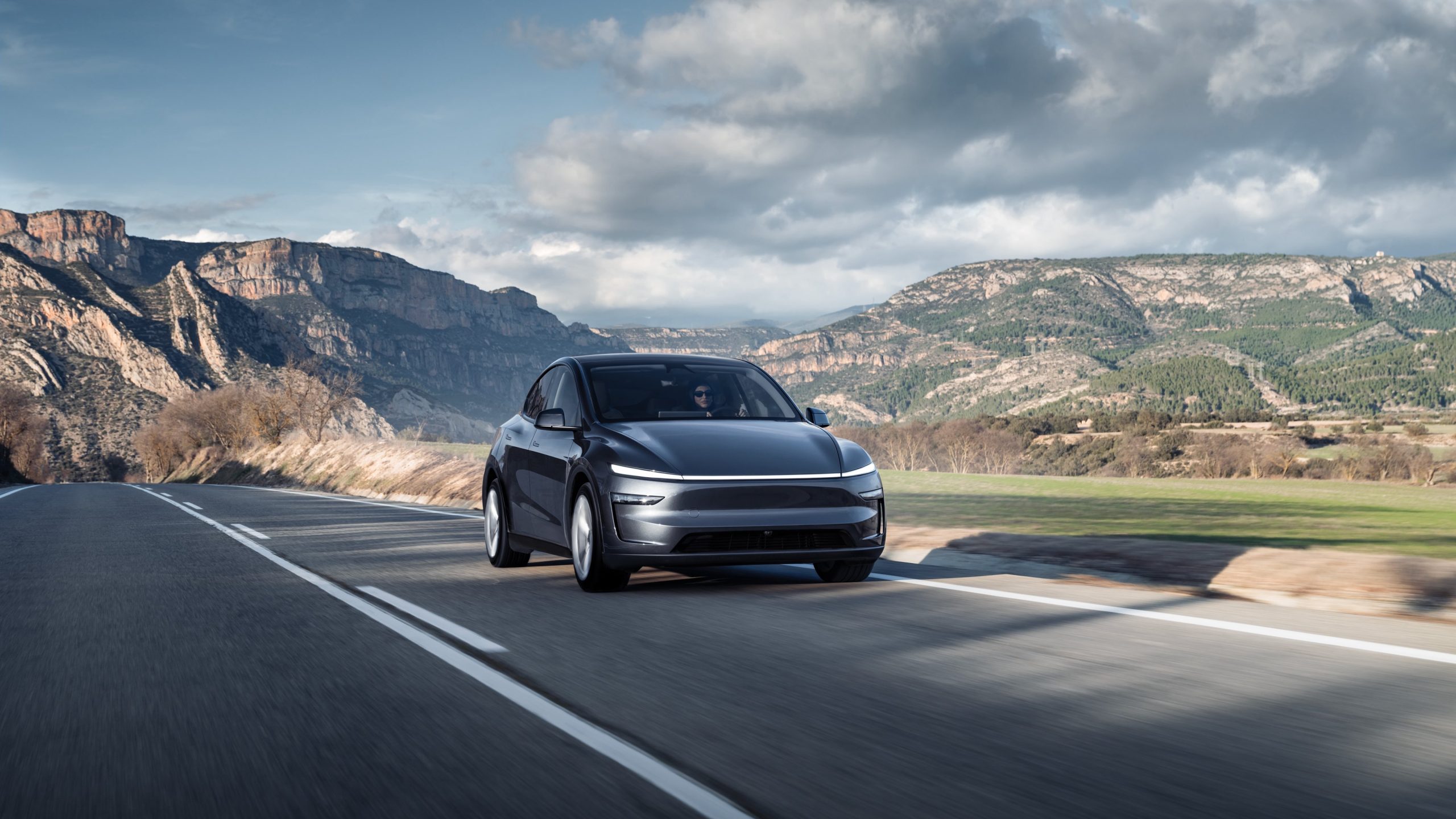
A Washington, D.C., man has been charged with vandalizing Tesla vehicles across Northeast D.C., with authorities labeling the acts as domestic terrorism. Tesla vandalism attacks increased in the first quarter.
Justin Fisher, 49, faces four misdemeanor counts of defacing public or private property for incidents between March 1 and March 21, 2025, U.S. Attorney Edward R. Martin Jr. and Metropolitan Police Department Chief Pamela Smith announced.
Court documents outline Fisher’s alleged offenses, which targeted Tesla vehicles owned by multiple victims. The first case of Tesla vandalism occurred on March 1 at 10:11 a.m. in the 200 block of K Street, followed by a second on March 2 at 6:15 p.m. in the 200 block of 11th Street. The third time Fisher reportedly vandalized a Tesla was on March 8 at 8:05 a.m. in the 600-700 blocks of F Street. The last time the suspect vandalized a Tesla was on March 21 at 5:15 p.m. in the 600 block of G Street. Fisher was arrested on April 1, 2025, by the Metropolitan Police Department, which continues to investigate the cases.
“The so-called ‘Tesla Takedown’ is domestic terrorism, and my team is taking it on front and center,” said U.S. Attorney Martin. “These attacks are not just an attack on someone’s property. They are meant to intimidate and suppress political speech and shut down the marketplace of ideas,” Martin said. The U.S. Attorney’s Office for the District of Columbia is prosecuting the case.
“If you target Tesla and break the law, then you can expect consequences,” said Attorney General Pamela Bondi. “This Department of Justice will not tolerate such criminal acts.”
Fisher appeared in Superior Court and was released on personal recognizance. His initial status hearing is set for June 10, 2025. The misdemeanor charges carry significant weight due to their domestic terrorism designation, signaling a broader crackdown on ideologically driven property crimes. The attacks highlight tensions surrounding Tesla, which has faced scrutiny and admiration alike from the public.
The case underscores the challenges of balancing free expression with criminal accountability. As the investigation unfolds, authorities aim to clarify Fisher’s motives.
News
Tesla Robotaxi benefits from Trump’s new self-driving rules
Trump admin eases self-driving rules. Tesla could launch FSD faster. Austin Robotaxi launch now looks even stronger.
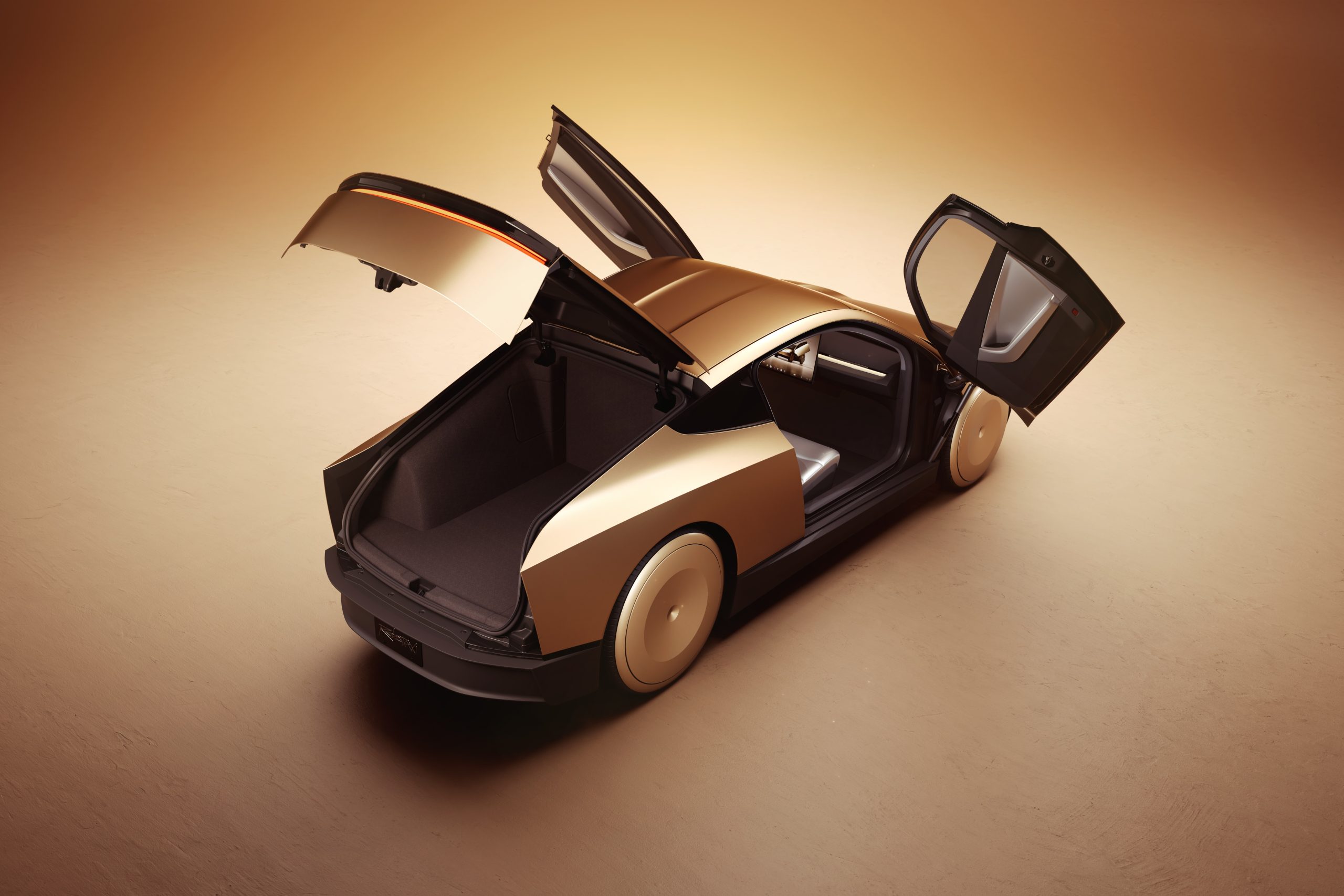
The Tesla Robotaxi network will benefit from U.S. President Trump’s new self-driving rules.
The Trump administration is loosening regulations to support U.S. automakers like Tesla in developing self-driving cars. The United States government aims to outpace Chinese competitors in autonomous vehicle development. The policy shift, which was announced by U.S. Transportation Secretary Sean Duffy on Thursday, targets federal safety rules and crash reporting requirements to accelerate autonomous vehicle innovation.
The Transportation Department outlined exemptions allowing U.S. companies to bypass specific safety regulations for self-driving vehicles used in research, demonstrations, and non-commercial settings. Previously, such exemptions were applied mainly to foreign vehicles with standards different from those in the United States. The department also plans to streamline crash reporting rules, which Elon Musk has criticized, and move toward a unified national standard, replacing fragmented state regulations.
“We’re in a race with China to out-innovate, and the stakes couldn’t be higher,” said Transportation Secretary Sean Duffy in a statement. “Our new framework will slash red tape and move us closer to a single national standard.”
The regulatory changes align with Tesla’s ambitions in autonomous driving, particularly related to its Robotaxi network. On Wednesday, Musk confirmed during a Tesla investor call that the company is prepared to launch self-driving Tesla robotaxis in Austin, Texas, by June. Tesla’s Full Self-Driving (FSD) technology, a cornerstone of its robotaxi plans, could benefit from the eased rules, expediting testing and deployment.
The exemptions are designed to level the playing field for U.S. automakers, giving Tesla and others more flexibility to innovate. The administration aims to foster a competitive environment against Chinese firms advancing in autonomous vehicle technology by simplifying crash reporting and harmonizing regulations. Industry observers note China’s aggressive push for self-driving tech has pressured U.S. policymakers to act.
Tesla’s Austin Robotaxi rollout will be a key testbed for its FSD software under the new regulatory framework. The company has been refining FSD, with recent updates showcasing improved performance. The Transportation Department’s move could accelerate Tesla’s timeline for scaling its autonomous fleet, a critical step toward Musk’s vision of the Robotaxi network.
The policy shift underscores a broader U.S. strategy to maintain technological leadership. With Tesla at the forefront, the loosened rules could reshape the self-driving landscape, positioning American automakers to challenge global rivals.
-
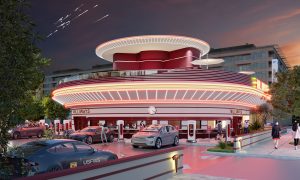
 News4 days ago
News4 days agoTesla’s Hollywood Diner is finally getting close to opening
-
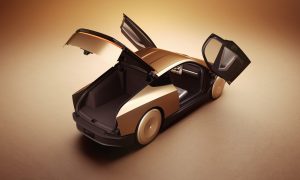
 Elon Musk7 days ago
Elon Musk7 days agoTesla doubles down on Robotaxi launch date, putting a big bet on its timeline
-
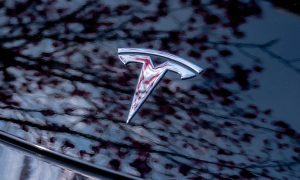
 News1 week ago
News1 week agoTesla’s top investor questions ahead of the Q1 2025 earnings call
-
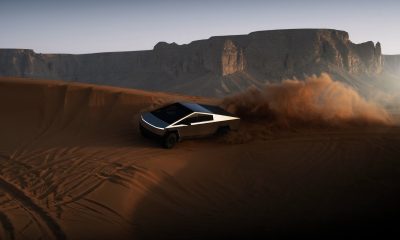
 Cybertruck2 weeks ago
Cybertruck2 weeks agoTesla confirms Cybertruck will make its way out of North America this year
-

 News2 weeks ago
News2 weeks agoTesla launches cheapest and longest range Cybertruck trim yet
-
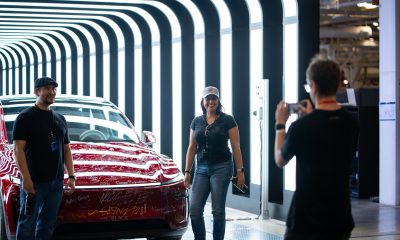
 Investor's Corner2 weeks ago
Investor's Corner2 weeks agoTesla average transaction prices (ATP) rise in March 2025: Cox Automotive
-
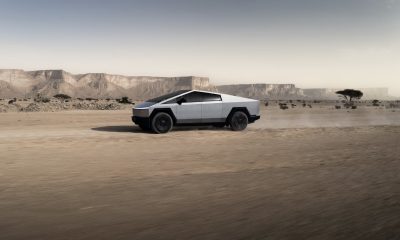
 Cybertruck2 weeks ago
Cybertruck2 weeks agoTesla unveils new Cybertruck configuration, but not in the U.S. (yet)
-

 News2 weeks ago
News2 weeks agoUnderrated Tesla safety feature recognized by China Automotive Research Institute

